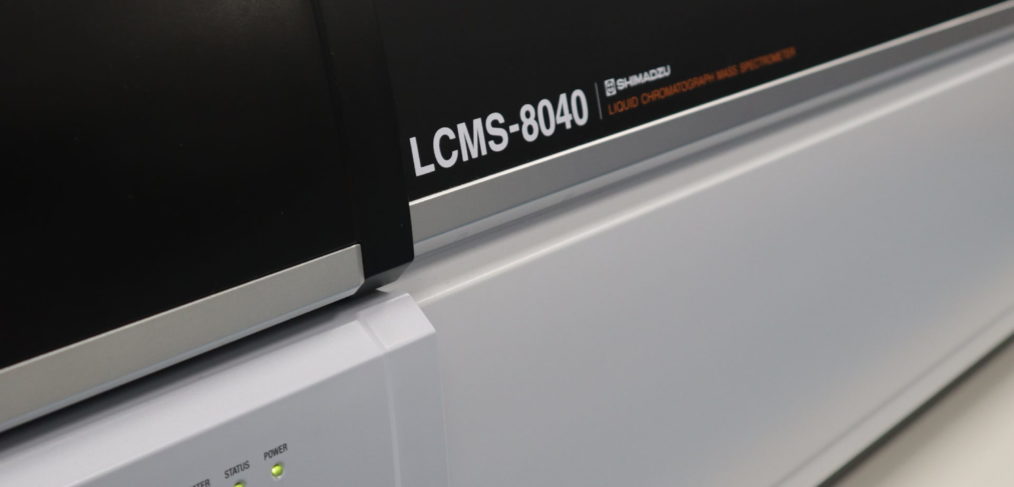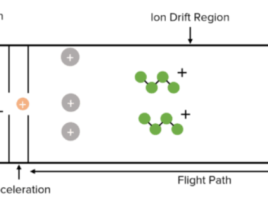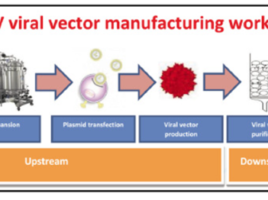
LC-MS in testing of drugs of abuse
According to national statistics published by the government, between April 2020 and March 2021, 275,896 adults came into contact with drug and alcohol services (1).
Testing for drugs of abuse can be used to a) discover drug abuse; b) monitor someone who has a substance abuse problem; c) detect drug intoxication and d) determine the overdosed drug (2). Moreover, these tests can be used as evidence in court and have the potential to improve the quality of clinical management in emergency situations (2).
The most common type of test is an immunoassay that works on the competitive binding concept and is in the form of a dip stick (3). Drugs that may be present in the urine sample compete for binding sites on their specific antibody with their corresponding drug conjugates. If a substance is present in a urine sample at a concentration below the cut-off, it will not saturate the binding sites of its specific antibody, so when the antibody reacts with the drug-protein conjugate a visible coloured line will appear in the test line section of the matching drug strip [a drug negative result]. On the other hand, the presence of drugs in the urine specimen above the cut-off concentration will saturate all of the antibody’s binding sites. As a result, no coloured line will appear in the test line area [A drug positive result]. A coloured line will always emerge at the control line region as a procedural control, showing that the right volume of material has been introduced and membrane wicking has happened (3).
However, immunoassays have limitations, for example, the results are frequently class-specific and cannot be linked to a single medication or drug metabolite (2). Moreover, antibodies can potentially cross-react with structurally related and unrelated substances, resulting in false-positive results (2). Consequently, data collected using immunoassays is regarded as speculative (2). This is where LC-MS can be performed.
A study about the “Diagnostic accuracy for drug detection using liquid chromatography/mass spectroscopy in overdose patients” has shown LC-MS to be a reliable approach for detecting overdosed medications, particularly when there is insufficient information regarding the medicines consumed (4). This study was performed using samples from overdose patients. If you’d like to read more about this study please click here.
References
- GOV.UK. Adult substance misuse treatment statistics 2020 to 2021: report. (Internet) (Cited 2022 June) Available from: https://www.gov.uk/government/statistics/substance-misuse-treatment-for-adults-statistics-2020-to-2021/adult-substance-misuse-treatment-statistics-2020-to-2021-report
- Chromsystems. LC-MS/MS in Drugs of Abuse Testing. (Internet) (Cited 2022 June) Available from: https://chromsystems.com/en/lc-ms-ms-in-drugs-of-abuse-testing-for-target-screening-and-quantitative-confirmation
- Yagihashi G, Tarui T, Miyagi H, Ohnishi H, Watanabe T, Yamaguchi Y. Diagnostic accuracy for drug detection using liquid chromatography/mass spectroscopy in overdose patients. Acute Med Surg. 2020 Jan 30;7(1):e487


